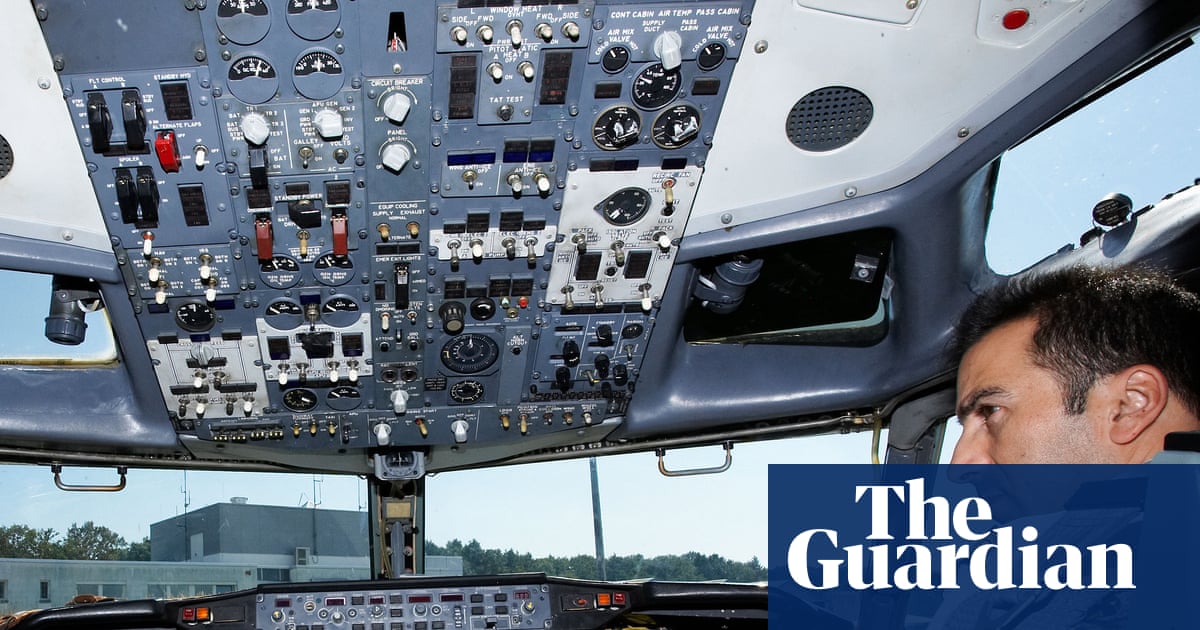
"Proposals for commercial aeroplanes to operate with just one pilot in the cockpit have been put on ice after a report for the European regulator suggested it would make flying more dangerous. A three-year research project into extended minimum crew operations commissioned by the EU Aviation Safety Agency (Easa) found that despite advances in technology there was not sufficient evidence that flying with a single pilot could be as safe as with the two currently required."
"The Easa report said: Development of cockpit technology and further research will be needed before exploring the feasibility of such operational concepts. It highlighted issues such as pilot incapacitation monitoring, fatigue and drowsiness, sleep inertia as well as the cross-checks carried out by two pilots working together."
A three-year EU Aviation Safety Agency (Easa) study concluded that advances in cockpit technology do not yet provide sufficient evidence that single-pilot commercial operations can achieve the safety level of current two-pilot operations. The study found that scenarios with one resting co-pilot during cruise still lacked demonstrated equivalence. Concerns include monitoring pilot incapacitation, fatigue, drowsiness, sleep inertia, and loss of cross-checks performed by two pilots. Cockpit security and prevention of malicious use of locked doors remain unresolved. Longer flights currently require three or four crew under existing cockpit designs and duty-time regulations. Further technology development and research are required before one-pilot concepts can be explored.
Read at www.theguardian.com
Unable to calculate read time
Collection
[
|
...
]